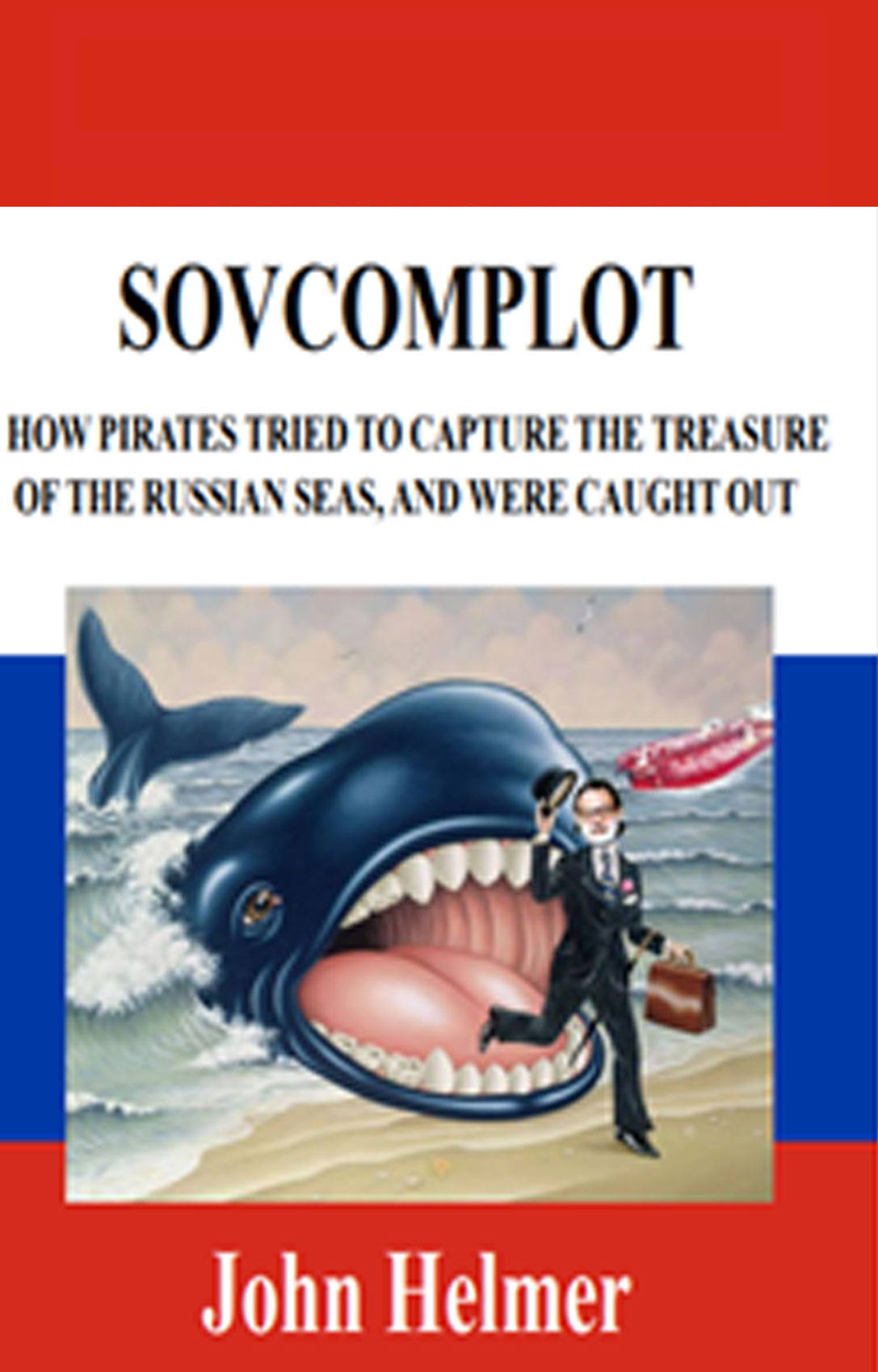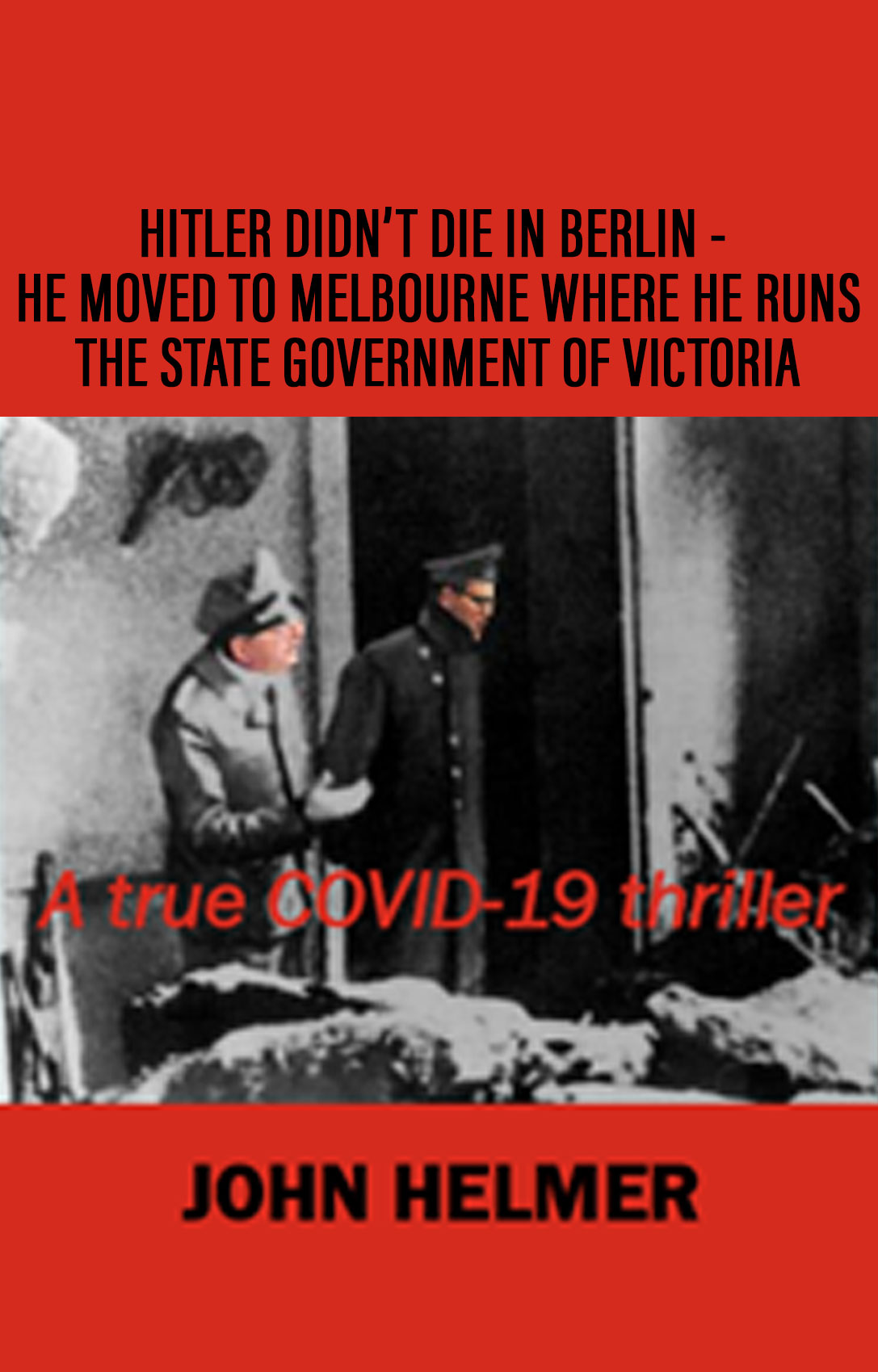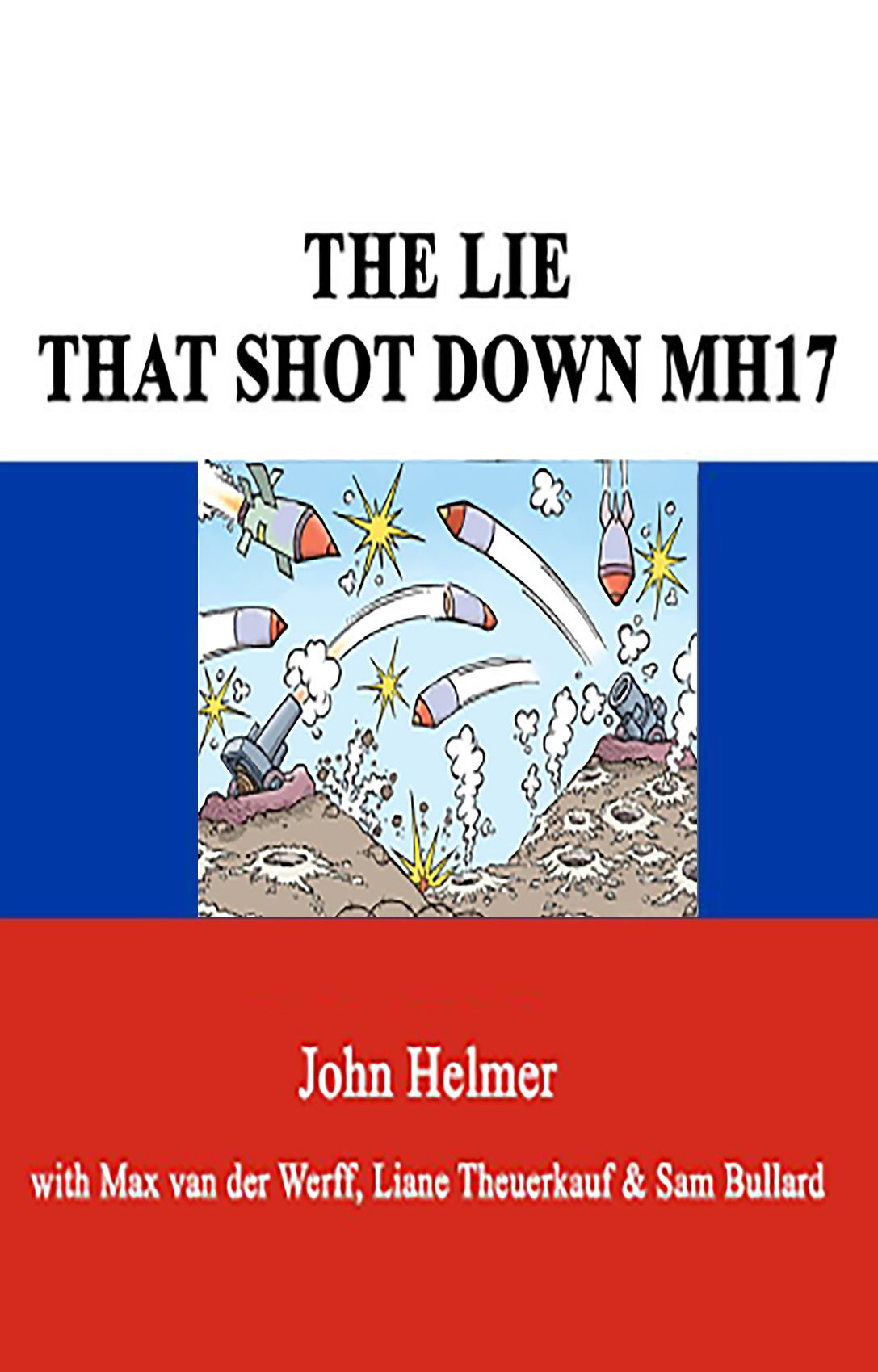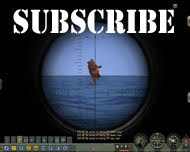

by John Helmer, Moscow
@bears_with
In his election victory speech on Sunday night, President Vladimir Putin has accepted the 87% Russian voter mandate to finish the war by securing the Novorussian territories east of the Dnieper River, and converting western Ukraine into “a certain sanitary zone in today’s territories subordinated to the Kiev regime.”
In military terms, this zone extends westward from the Dnieper to the full 500-kilometre range of NATO missiles supplied to the Ukrainian forces; and to the 900-km range of the drones in the current Ukrainian inventory. With direct flight distance from Odessa to Lvov at 630 kms, and between Kharkov and Lvov of 975 kms, this means that all of the “territories subordinated to the Kiev regime” will become a sanitary zone, demilitarized to the Polish border.
Referring to the HIMARS rocket attacks in the Belgorod region and the proposed evacuation of nine thousand schoolchildren out of range, Putin announced at his campaign headquarters, “I do not exclude that, bearing in mind the tragic events taking place today, we will be forced at some point – when we deem it appropriate — to create a certain sanitary zone in today’s territories subordinated to the Kiev regime.” The president did not specify how soon is “appropriate”, or how deep the demilitarized or sanitary zone will be, except that in calculating the depth and taking Russian control of it, the range of weapons includes “first of all, of course, [weapons] of foreign production.” Listen to the press conference here; read the text.
Demilitarization of the Ukraine has been the strategic objective of the Special Military Operation from the start in February 2022. In several Kremlin meetings last June, Putin foreshadowed a zone variously called a DMZ, buffer zone, or cordon sanitaire. In a meeting with military correspondents on June 13, 2023, Putin explained operationally. “Here are several solutions: first, bolstering the effectiveness of the counter-battery struggle. But this does not mean that there won’t be missile strikes against our territory. And so if this continues then we will apparently have to consider the issue – and I’m saying this very carefully – of creating a buffer zone on Ukraine’s territory at such a distance from where it could be impossible to reach our territory.”
Mapping the DMZ has been discussed in detail as senior civilian and military officials in Moscow and in the Donbass have publicly discussed the range-of-defence requirement. Follow the archive of maps and operations here.
Now, with the conclusion of the election, Russian military bloggers have begun to voice open criticism of the performance of the military in preventing drone and missile attacks from striking civilians in Belgorod, as well as oil refinery targets up to 900 kms from the border. According to Boris Rozhin (Colonel Cassad), Russian early warning and detection of Ukrainian HIMARS units are effective, but counter-battery and interception firing is delayed. “The reason is organizational issues that prevent timely fire damage to the exposed priority targets. The issue of their elimination is extremely relevant now: This will not only significantly increase the effectiveness of counter-battery warfare, but also reduce the intensity of enemy strikes on Belgorod and other settlements.” “Organizational issues” is a code term for the chain of command Rozhin avoids explaining.
Military sources in Moscow have been discreetly acknowledging that the decisions on how far the Russian military operation should extend westwards were postponed during the election campaign. During this time, the sources have also been warning, the Ukrainians were able to construct extensive surface fortifications and command-and-control bunkers north of Chernigov facing an expected offensive drive of Russian forces toward Kiev; and around Odessa to block a Russian offensive in the south. These lines are reportedly manned by fresh and well-supplied Ukrainian reserves, who are being held out of the meat-grinder battles along the line of contact, like Bakhmut and Avdeyevka.
Threats to reinforce these new fortified lines with a French-led “coalition” have come from President Emmanuel Macron. In parallel, detailed planning by the German Luftwaffe, backed by Defense Minister Boris Pistorius, of long-range Taurus missile attacks, launched from aircraft based outside the Ukraine, has become public knowledge. In response, a well-informed Moscow source believes the parameters of Russian strategy are becoming clearer “now that Putin is waving the green flag. It’s clear, for example, that although there will not be battles inside cities like Odessa, Kharkov, and Kiev, there cannot be a military outcome for the General Staff and the Kremlin which will allow terrorism against Russia forever from inside those cities, or from whatever remains of the Ukraine. So there must be regime change in Kiev– and a form of Russian occupation that will be surprising.”
“I am not ready to talk about what, how, and when,” Putin said on Sunday. Likewise, no Russian military source is ready. There is, however, frustration at the delay in the operational decision-making. “It’s not General Patience we’re talking about,” comments a military observer. “It’s General Bullshit. Let’s see if [Chief of the General Staff General Valery] Gerasimov calls it.”
In the one-hour programme on Gorilla Radio, recorded on March 21, Chris Cook leads the discussion. Click to listen.

For the introduction, access to the 20-year Gorilla Radio archive, and Chris Cook’s blog, click here. For the combined interview show aired on radio stations across Canada, click to listen.











Leave a Reply